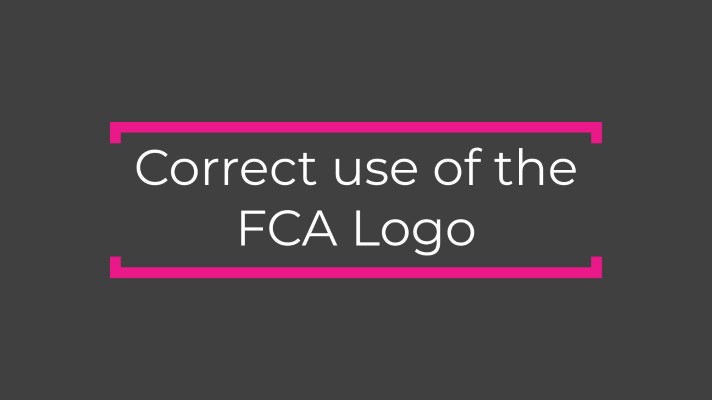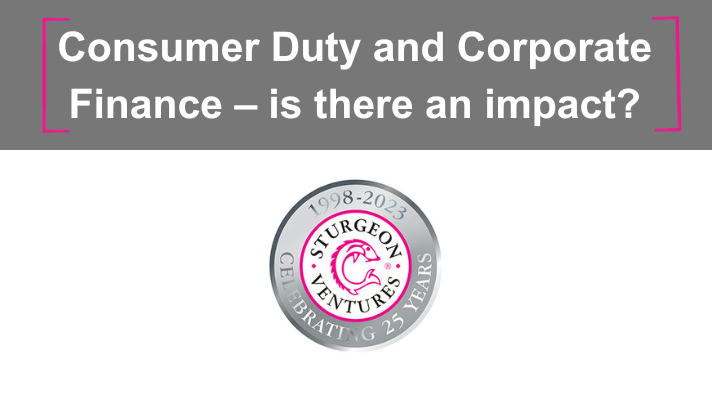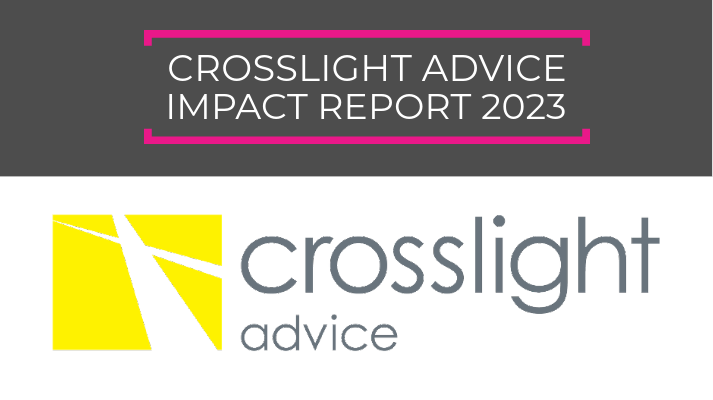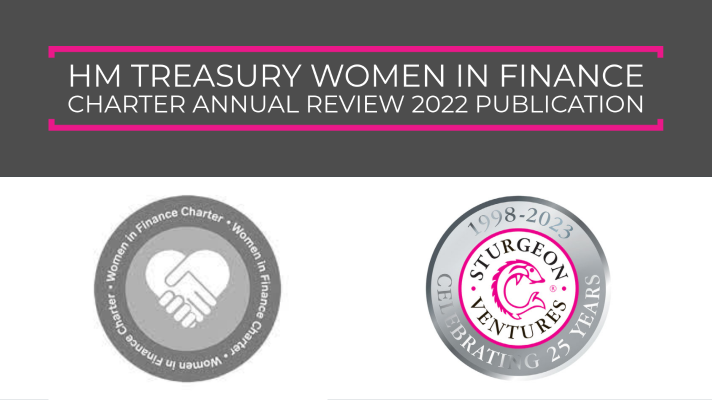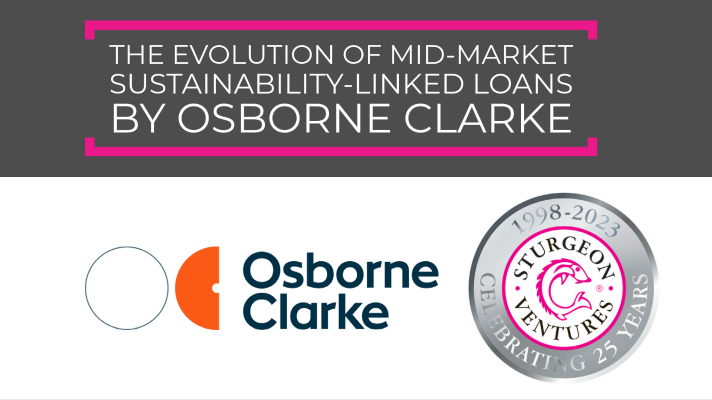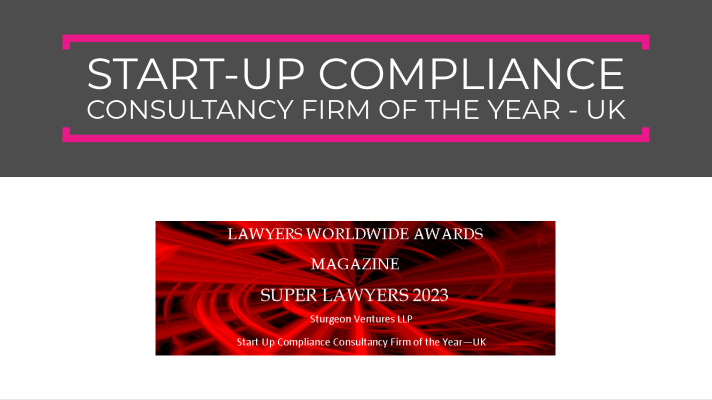Sturgeon Ventures Calls For More Agile Working To Tackle Gender Pay Gaps
Please see below a response by Seonaid Mackenzie, Founding Partner at Sturgeon Ventures, to the Gender Pay Gap Data being issued by companies with over 250 employees. Sturgeon Ventures is a pioneer of regulatory incubation in the UK’s financial services industry.
Seonaid Mackenzie commented:
Organisations need to focus on their cultures, with senior and middle management mind-sets requiring time and effort to adjust inherited behaviours. They must also adopt agile working practices, using communications and information technology to enable staff to work where, when and how they choose – with maximum flexibility and minimum constraints – to optimise their performances.
“With the median gender pay gap for the Finance and Insurance sectors being 22% and no sector paying women more than men, there is clearly work to be done to encourage agile working in these industries, particularly with investment in better technologies.
“If more firms embraced the Agile Working Agenda, more women would potentially be within the workforce, while making the playing field more level.”
Sturgeon Ventures, whose core working model has been agile working since 1998, is one of the original signatories to The Women in Finance Charter.
The first commitment of this Charter is to ask firms to support the progression of women into senior roles in the financial services sector by focusing on the executive pipeline and the mid-tier level with internal target setting. This can only be benefitted by providing an agile working environment to encourage women back to the workplace and the Finance industry at large.
Agile Working at Sturgeon Ventures
Sturgeon Ventures’ culture has championed agile working for almost two decades.
Twenty years ago I started Sturgeon Ventures with a fixed landline phone, a Nokia brick phone (as it’s now called), dial-up internet and a huge desktop PC. My Agile Working business started all those years ago!
Back then, iPhones didn’t exist, Wi-Fi wasn’t readily available or reliable, and 3G or 4G didn’t exist. The Cloud didn’t exist, Twitter and Facebook, or LinkedIn didn’t exist and yet somehow I managed to get started in an agile working way.
At that time, I started to see flexible and agile working becoming more of a reality in the business world. Even though lots of people were talking about it, few were really doing it,
What is agile working?
In essence, agile working is a way of working in which an organisation empowers its people to work where, when and how they choose – with maximum flexibility and minimum constraints – to optimise their performance and deliver “best in class” value and customer service, using communications and information technology to enable.
Wikipedia Definition: an organisation able it to respond quickly to
customer needs and market changes
From McKinsey’s January 2018 report “5 Traits of Agile Organisations, they propose 5 defined traits:
- Strategy
- Structure
- Process
- People
- Technology
“…While each trademark has intrinsic value, our experience and research show that true agility comes only when all five are in place and working together. They describe the organic system that enables organizational agility….” McKinsey
Maintaining a stable top-level structure, gives the combination of a both a stable and driving working environment, allowing your team agile working conditions, without a fixed location, reduces recruitment costs, disruption of a dissatisfied team with increased health and wellbeing. Not to mention benefits to the customer and productivity gain.
“..Agility: It rhymes with stability…” McKinsey December 2015
The Royal Institute of Chartered Surveyors (RICS) published a thoughtful document on agile working, detailing that “work is an activity, not a place”, confirming that fixed locations are second place to the job in hand; whether the job is carried out during traditional hours or in a more agile nature.
Interestingly, the Office of National Statistics, classifies “full time data” as 30 hours a week; that is 6 hours a day. In an Agile Working Agenda – a typical working parent could work 9am – 1 pm (4 hours) and then a 7pm – 9pm (2 hours) no commuting time or distractions. Ironically, then be deemed in many peoples’ eyes as part time, only because they are not sitting in an office from 9am – 5pm with an hour for lunch and possibly 2 hours commute. An agile agenda values performance and outcomes over place.
At the recent Women’s Summit in Finance 2018, a speaker said:
“…if you can’t trust someone to work on an Agile Agenda, get a new person…”
Referencing a thought piece from John Eary at JEC, specialists in agile working, organisations need to focus on of the factors that contribute to effective performance for agile working for all employees, specifically communication, diary management and technology such as:
- The provision of appropriate technology.
- Good remote access to data.
- Application systems that work well when used remotely.
- Fast reliable networks.
The Agile Future Forum (AFF) is a business-to-business non-profit collaboration set up by 22 founder members. They reflect a broad range of sectors, sizes and geographical spread and all have a track record of managing workforce agility in their organisation.
Their aim is to define the business value of workforce agility in supporting competitiveness of UK plc.
Their specific objectives are to:
- Change the UK’s cultural mind-set; from flexibility to agility.
- Support the increase of agile working practices across the UK.
- Position the UK as one of the most agile countries in the world.
From a global perspective, agile working has a minimal uptake in Asian countries, who believe life should be hierarchical along with reliance on traditional office culture.
Agile working can be hard to pull together as there tends to be common agendas or themes, rather than a one size fits all kit. Working with the McKinsey 5 Traits (see above), it’s easily separated into how, what where and when of the working world, wrapped up with digital developments that allow employers to work flexibly and provide best value to the organisation and its customers.
“…Agile working is about bringing people, processes, connectivity and technology, time and place together to find the most appropriate and effective way of working to carry out a particular task. It is working within guidelines (of the task) but without boundaries (of how you achieve it)…”
Women and the Agile Agenda
The Gender Pay Gap data was due out on 4th April 2018 for all companies with over 250 employees. If more firms embraced the Agile Working Agenda, more women would potentially be within the workforce, making the playing fields narrower.
With the median gender pay gap for the Finance and Insurance sectors, being 22% and where no sector paying women more than men, there is some work to be done to encourage agile working in these industries, particularly with investment in better technologies.
Many firms are realising that women don’t leave jobs to just be at home with children; they leave one firm to another for better conditions such as The Agile Working Agenda. Sturgeon Ventures, whose core working model has been agile working since 1998, is one of the original signatories to The Women in Finance Charter.
The first commitment of this Charter is to ask firms to support the progression of women into senior roles in the financial services sector by focusing on the executive pipeline and the mid-tier level with internal target setting. This can only be benefitted by providing an agile working environment to encourage women back to the workplace and the Finance industry at large.
Sturgeon Ventures continues to build a talent pool with a strong work–life balance; a wonderful work place for an expanding team of back to work mothers, and uniquely fathers, who care about that word in a working man’s life “Work-Life Balance”.
It is clear that there is work to be done on creating an equal playing field for men and women at work in terms of pay and senior roles; with organisations needing to focus on their culture as a whole, with senior and middle management mind-sets requiring time and effort to adjust inherited behaviours. But with dynamic and forward facing change, the full benefits will be reaped.
As a regular speaker in schools, we see that schools must teach that the City is not all about maths or mathematicians, who are often introverts. Analytical reasoning, sales and marketing roles need creative brains and confident individuals; creative multi-tasking personalities, that suit the female character.



